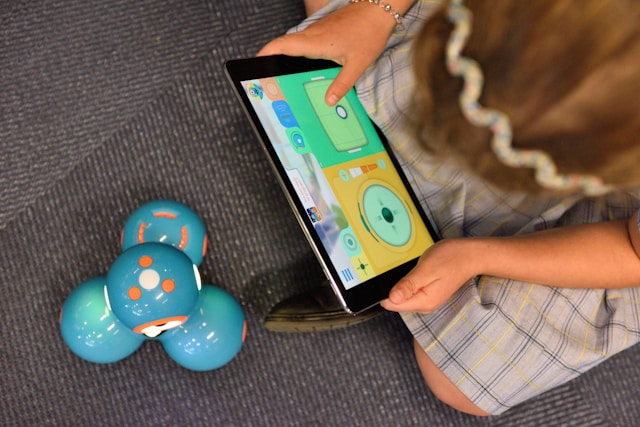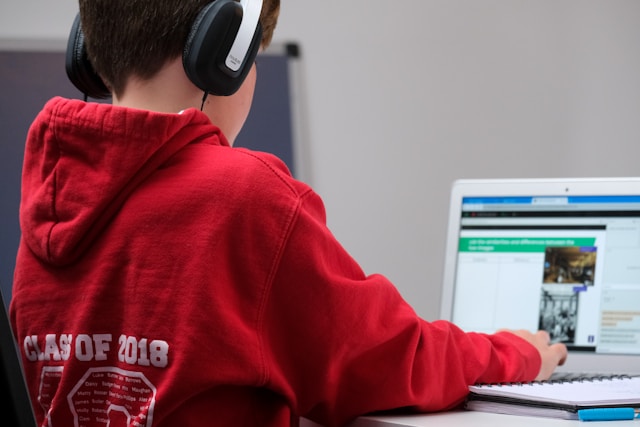
TikTok has become a significant part of many children’s lives. Yet, it is essential to ask: why is TikTok addictive for children? Several factors contribute to this phenomenon, including the app’s design, psychological effects, and social dynamics. Understanding these elements reveals the deeper reasons behind TikTok’s appeal, particularly in the context of social media addiction.
First, we must examine TikTok’s algorithm. This algorithm is not just sophisticated; it is specifically engineered to keep users engaged. It analyzes user behavior to create a personalized feed of short-form video content. This results in an endless stream of videos, maximizing TikTok engagement. New users can quickly become hooked after just 35 minutes, scrolling through around 260 videos. This design promotes compulsive behavior. In this way, TikTok delivers frequent dopamine release through likes and views, reinforcing the user’s desire to return for more instant gratification.
Next, we need to consider the psychological factors that contribute to TikTok’s addictive nature.
Each interaction, whether it’s liking, commenting, or viewing, releases dopamine, a neurotransmitter linked to pleasure. This creates a cycle where users feel compelled to seek more “hits” of pleasure, further entrenching their engagement with the app.
Children often worry about missing trends and social interactions showcased on TikTok. This anxiety drives them to check the app frequently, entrenching their usage patterns and fueling social media addiction.
TikTok presents idealized lifestyles and appearances, prompting children to compare themselves with influencers and peers. Such comparisons can lead to feelings of inadequacy and low self-esteem, which can be damaging.
Moreover, TikTok can lead to social isolation. As children become absorbed in the app, they may withdraw from real-life interactions. Research shows that excessive screen time can diminish family engagement and social skills. Many children prefer virtual interactions over face-to-face communication. This isolation often exacerbates feelings of loneliness and depression, creating a cycle where the need for connection drives them back to the app.

Now, let’s delve deeper into how TikTok’s algorithm specifically contributes to addiction among users, especially children and teenagers.
TikTok’s “For You” page uses advanced algorithmic recommendations to curate a personalized stream of videos. This feed is not based on what users explicitly choose but on their interactions. As users engage with specific types of user-generated content, the algorithm becomes better at predicting their preferences. This cycle keeps users engaged, as they are constantly presented with content tailored to their interests.
The endless scroll feature allows users to watch videos without interruption. This design resembles a slot machine, where users swipe for a chance at a rewarding outcome—an entertaining video. This variable reward system encourages compulsive behavior, as users hope the next video will provide them with the visual stimulation they seek.
Engaging with TikTok can induce a flow state, where users experience deep concentration and enjoyment. This state distorts their perception of time, making them lose track of how long they have been scrolling. The flow experience strengthens their desire to continue using the app.
Every interaction, whether watching, liking, or sharing, stimulates dopamine release. This ongoing “dopamine drip” creates a feedback loop, compelling users to seek more content to replicate those pleasurable feelings, similar to patterns seen in other behavioral addictions.
TikTok continually updates its interface and adds new features. These changes encourage users to explore and adapt, further extending their time on the app.
The platform fosters social interaction through likes, comments, and shares. This immediate feedback provides validation for user-generated content. As a result, users are drawn to seek recognition from their peers, which leads to even more time spent on TikTok. This dynamic can further diminish their digital attention span, making it harder for them to engage in offline activities.
In conclusion, understanding why is TikTok addictive for children requires a critical examination of the app’s algorithm, psychological factors, and social dynamics. The combination of personalized content, social validation, and the addictive qualities of the platform can lead to excessive usage. As children navigate this digital landscape, parents and caregivers must engage in conversations about healthy digital habits. It is crucial to mitigate the potential negative effects of TikTok addiction on children and ensure their well-being in a rapidly changing world.


